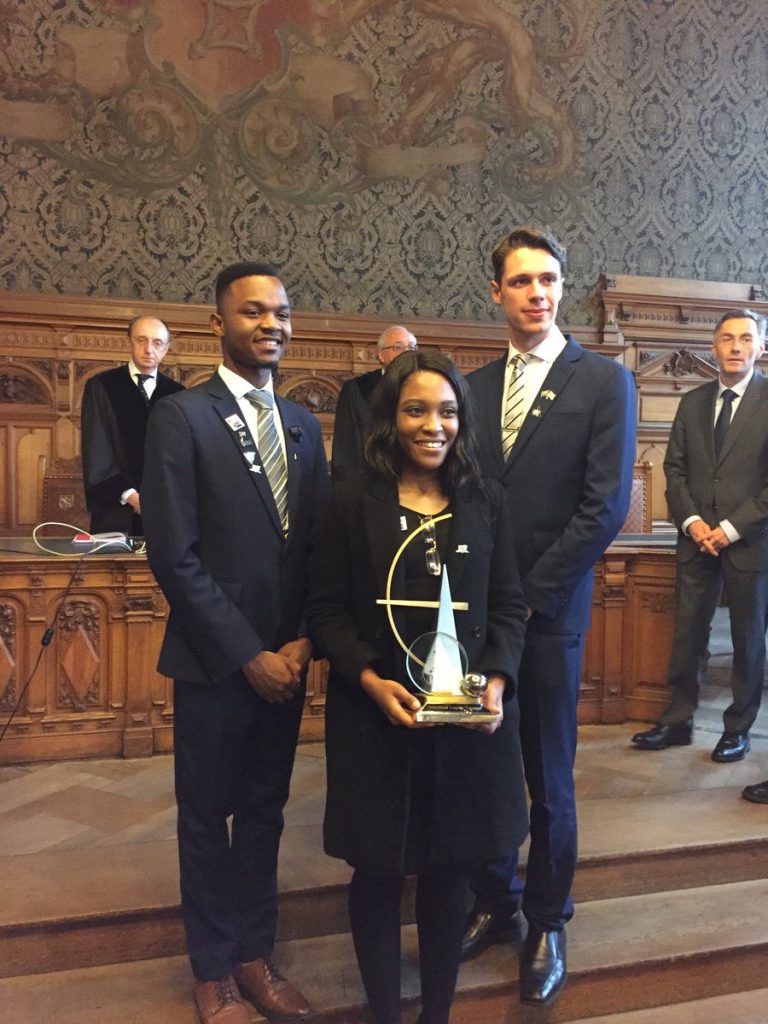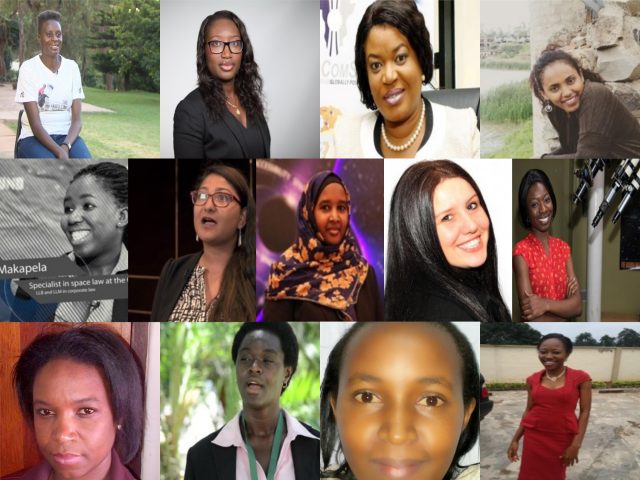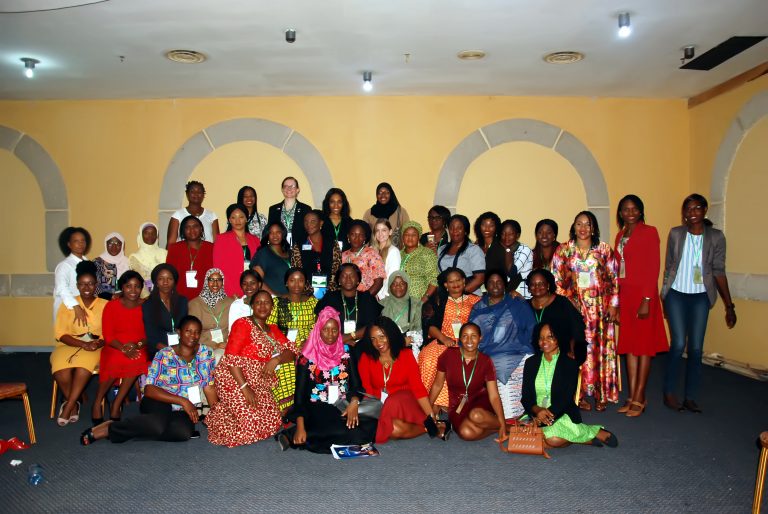That gender inequality is one of the greatest challenges of our time can hardly be gainsaid. Until recently, gender inequality was a peripheral subject, but today the subject has found a common place in the political and human rights discussions around the world. The move is in response to the increasing recognition of the implications of the phenomenon on equality of rights, resources and participation of women and girls socio-cultural formation, the economy and the state. In these spheres, the discussion seeks to address gender stereotypes, oppression, patriarchy, and discrimination as the expressions of gender inequality.
This article seeks to challenge some of the gender stereotypes pertaining to science education and women and girls in sub-Saharan Africa. Why is it that the number of men and boys in the Science, Technology Engineering and Mathematics (STEM) field and Space Programmes in Africa is far much greater than that of women and girls?
Defining Gender Inequality
Gender inequality can be defined as the differential treatment and outcomes that deny women the full enjoyment of social, political, economic and cultural rights and development. It is the antithesis of equality of men and women in their human dignity, autonomy and equal protection. The most compelling explanations of gender inequality are materialist theories that use cross-cultural data on the status of women and men. 1 Materialist theories explain gender inequality as an outcome of how men and women are tied to the structure of society. Such theories stress control and distribution of valued resources as crucial facts in producing stratification.

It has further been argued that gender is social and relational and hence, the focus is not on women specifically but on power relations between men and women and among those of the same gender in various settings. 2 Scholars have argued that making power relations the focus of analysis draws on the complex and fluid processes through which different types of masculinities and femininities are socially and culturally structured. This approach elucidates and opens for contest the perpetual gender inequality due to unequal access, control, and distribution of values, resources, opportunities and justice. 3 The division between the domestic and public spheres of activity is most constraining to women and girls and advantageous to men. The fact that men and boys are freed from domestic responsibilities means that their economic obligations in the public sphere assure them of control of highly valued resources and opportunities thus giving rise to male privilege. 4
The Stereotypes Surrounding STEM Education for Women and Girls
Let us bring the debate home. Since Independence, many African countries have taken giant steps forward in industrialization, agriculture, science and education, but in almost every field we have achieved only a lopsided progress with the benefits of progress rarely ever trickling down to the masses. Millions of our children remain illiterate and find no exposure to even the rudimentary benefits of science. Even more distressing is that those who benefit from “the progress” have little thought for the rest. There is still an overwhelming stereotype that boys and men are somehow naturally better at Science, Technology, Engineering and Mathematics (STEM) subjects than women and girls. This stereotype coupled with gender inequality and limited promotion of STEM education for girls and women has played quite a significant role in discouraging many of them from pursuing STEM careers.

According to UNESCO, only 35% of higher education students studying STEM courses are women and only 3% of ICT graduates worldwide are women. More surprising is the fact that since 1903, only 17 women have been awarded the Nobel Prize in Physics, Chemistry, and Medicine compared to 572 men over the same period. Far too often brilliant women find themselves sidelined with very few receiving credit for any of their contributions to the science community.
The Role of Women and Girls in Space and STEM Programmes
2.5 million engineers, scientists, and technicians will be needed in Sub-Saharan Africa by 2025 if we are to achieve at least 9 of the Sustainable Development Goals. Men alone cannot make up the shortfall of physicists, engineers, technologists, mathematicians, and scientists needed to achieve those goals. Women and girls are needed to make up the shortfall. In order to enhance the participation of women and girls in Space, we must begin at the very basic level – challenging stereotypes and reconstructing the law so as to achieve gender equality. This means thinking through law reform to challenge stereotypes that prevent women and girls from venturing into STEM subjects. Josef Goebbels, Hitler’s Minister for propaganda was infamous for stating “if you tell people a lie so every often, eventually they will believe it to be true.” Women and girls have been placed in some sort of box with respect to what careers they can and cannot do. Many have bought into this mentality hence the reason why we find very few women and girls in nuclear and Space Programmes in Africa.

Going Forward
Why should people be shocked when a young lady introduces herself as a Space Programmes Engineer but barely bat an eyelid when a gentleman says the same thing? Women and girls working in Space and other STEM programmes in Africa should be the norm and not the exception. If we can address this issue, then it would enable us to develop a culture for science and a culture of science among women and girls. A culture for science is needed to create a scientific temper which advocates for science policy resolutions that promote STEM education among women and girls in Africa.
IVolunteer International is a Gold Seal nonprofit organization on Guidestar. Operating from Savannah, Georgia, IVolunteer International connects volunteers to volunteer projects around the world. Since 2017, IVolunteer has connected over 3,000 volunteers worldwide. In 2019, World Trade Center Savannah selected IVolunteer International as finalists of the Peace Through Trade Competition. In 2020, IVolunteer International will develop and launch a geo-connecting mobile application which will be available to volunteers around the world.
- Fhttp:// Baraza, N., (2008) Lost between Rhetoric and Reality: What Role for the Law and Human Rights in Redressing Gender Inequality? Nairobi: National Council for Law Reporting, p. 336
- http:// Baraza, N., (2008) Lost between Rhetoric and Reality: What Role for the Law and Human Rights in Redressing Gender Inequality? Nairobi: National Council for Law Reporting, p. 336
- http://Chow E.N., 2003. Gender Matters: Studying Globalisation and Social Change in the 2st Century, International Sociology 18’443, Sage publications, p.446
- http://Baraza, N., (2008) Lost between Rhetoric and Reality: What Role for the Law and Human Rights in Redressing Gender Inequality? Nairobi: National Council for Law Reporting, p. 336

